For gravity readings I use a refractometer and Saun Terrill's sight to get decent ABV #s.
You are using an out of date browser. It may not display this or other websites correctly.
You should upgrade or use an alternative browser.
You should upgrade or use an alternative browser.
1-Gallon Brewers UNITE!
- Thread starter JeffoC6
- Start date

Help Support Homebrew Talk:
This site may earn a commission from merchant affiliate
links, including eBay, Amazon, and others.
HomebrewCraig
Well-Known Member
Cracked a bottle of LIVID today to celebrate a successful brew day. Mr. Murphy did not come knocking, and everything went very smoothly. Being that this is the inaugural bottle of the second all-grain batch, I gave it an aggressive pour, not knowing what to expect from it... Pic one shows a four finger head.... Holy cow!! The head was thick, pillowy, and lingered for a long time, and a tight lacing dried to the glass from the very top to the last sip. Pic two and three are close-ups of the head from the top-down view (the latter with natural lighting) and the last pic is just before putting the glass to my lips for the first taste.
LIVID was dry-hopped with Simcoe, and the hop comes through with a strong and pleasant aroma. Taste is just as great as the appearance and aroma. The higher ABV is masked well by the balance of hops and malt... An incredible beer!
EDIT: Spelling and sorry for my crappy camera
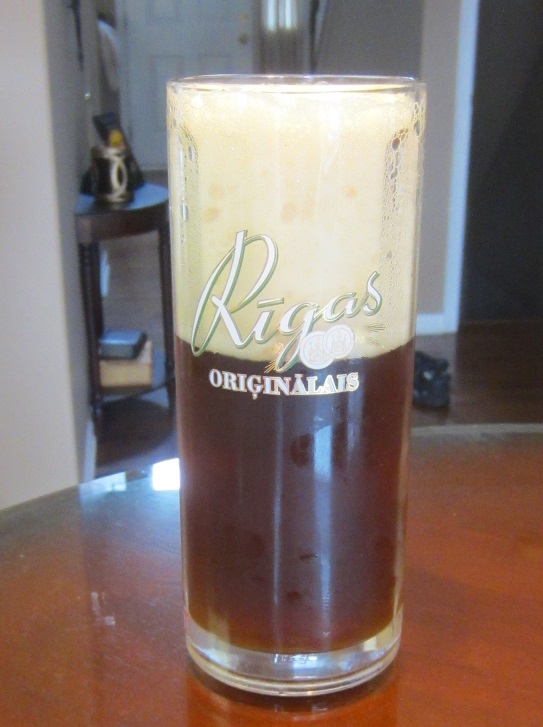
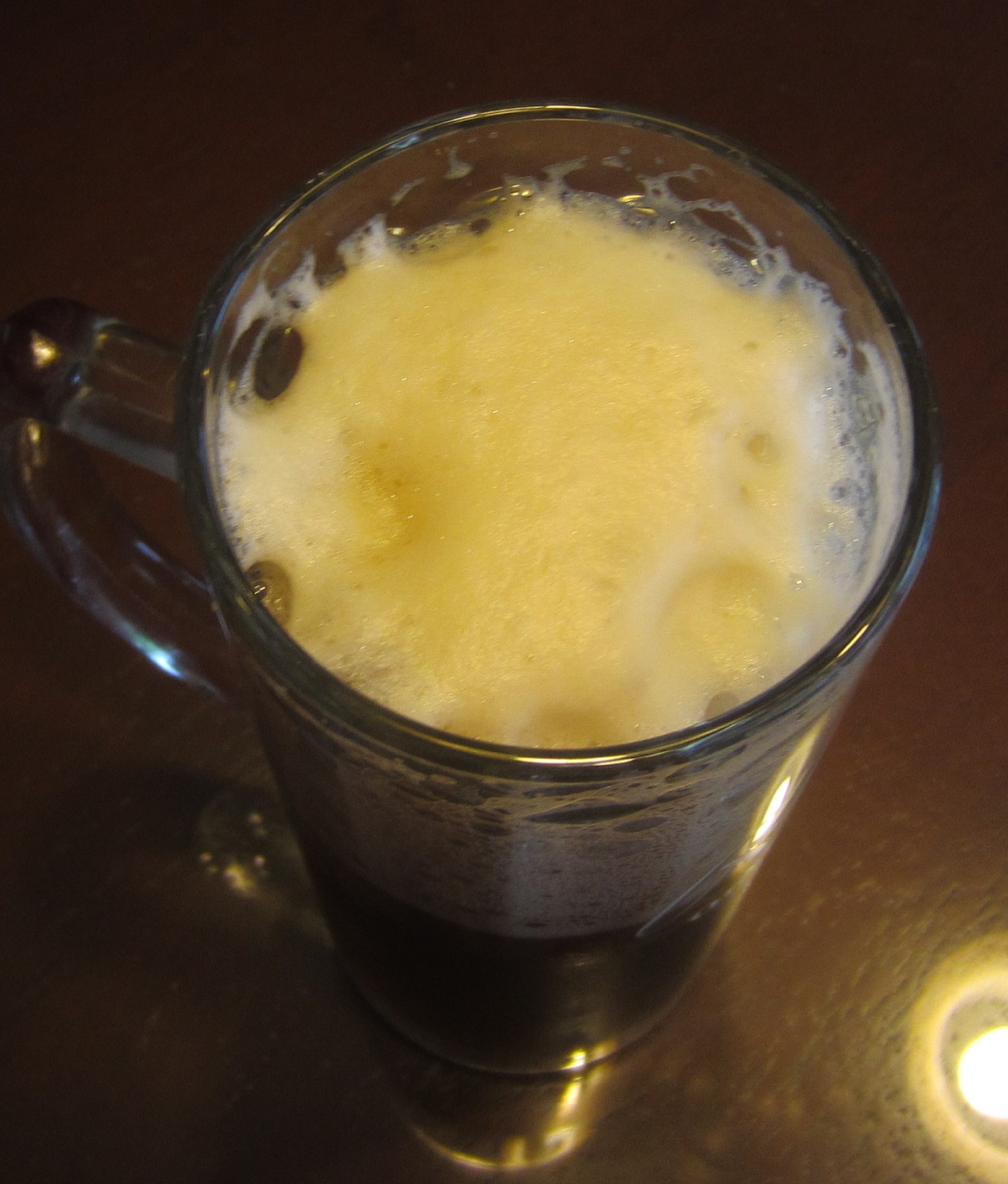
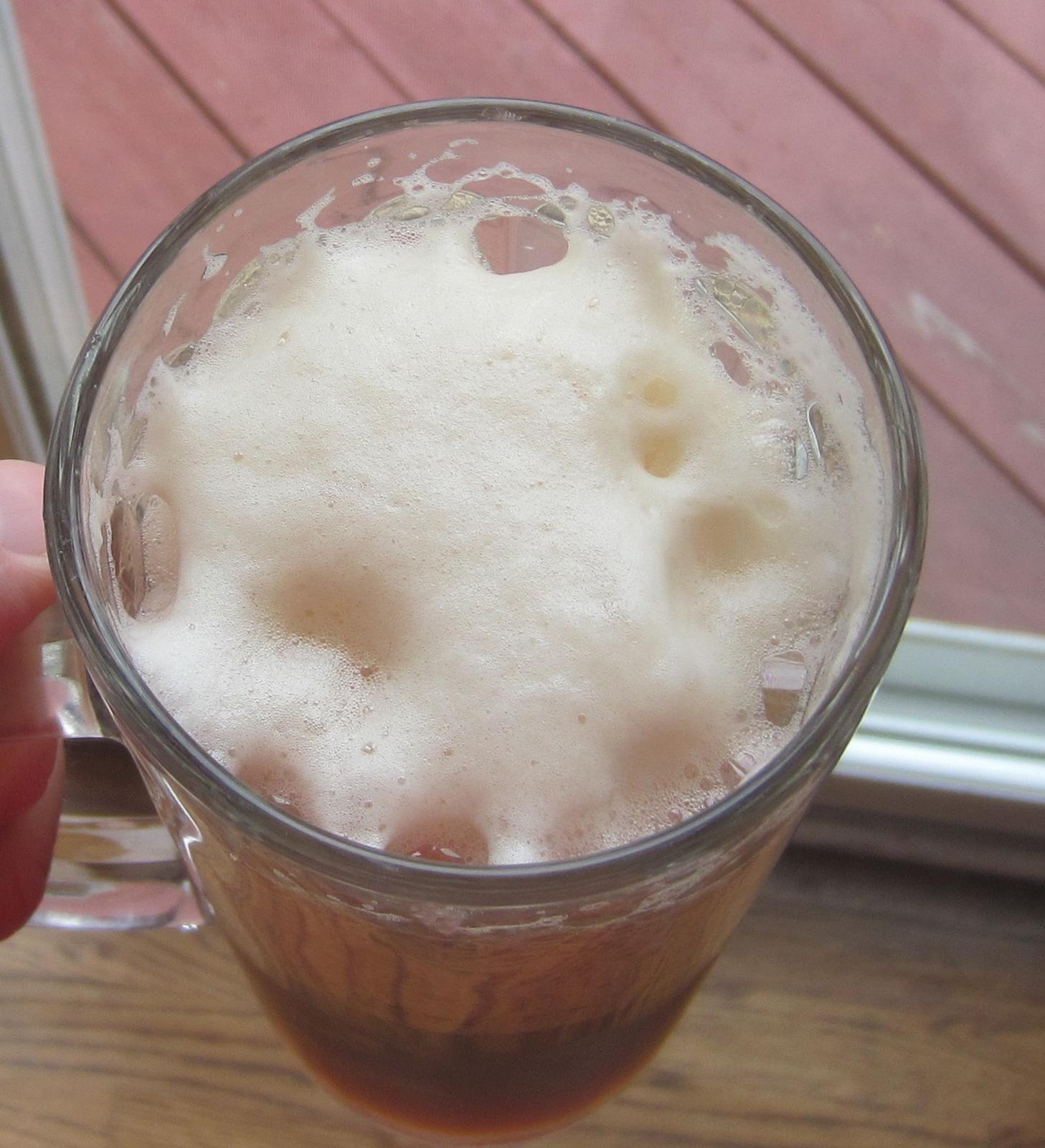
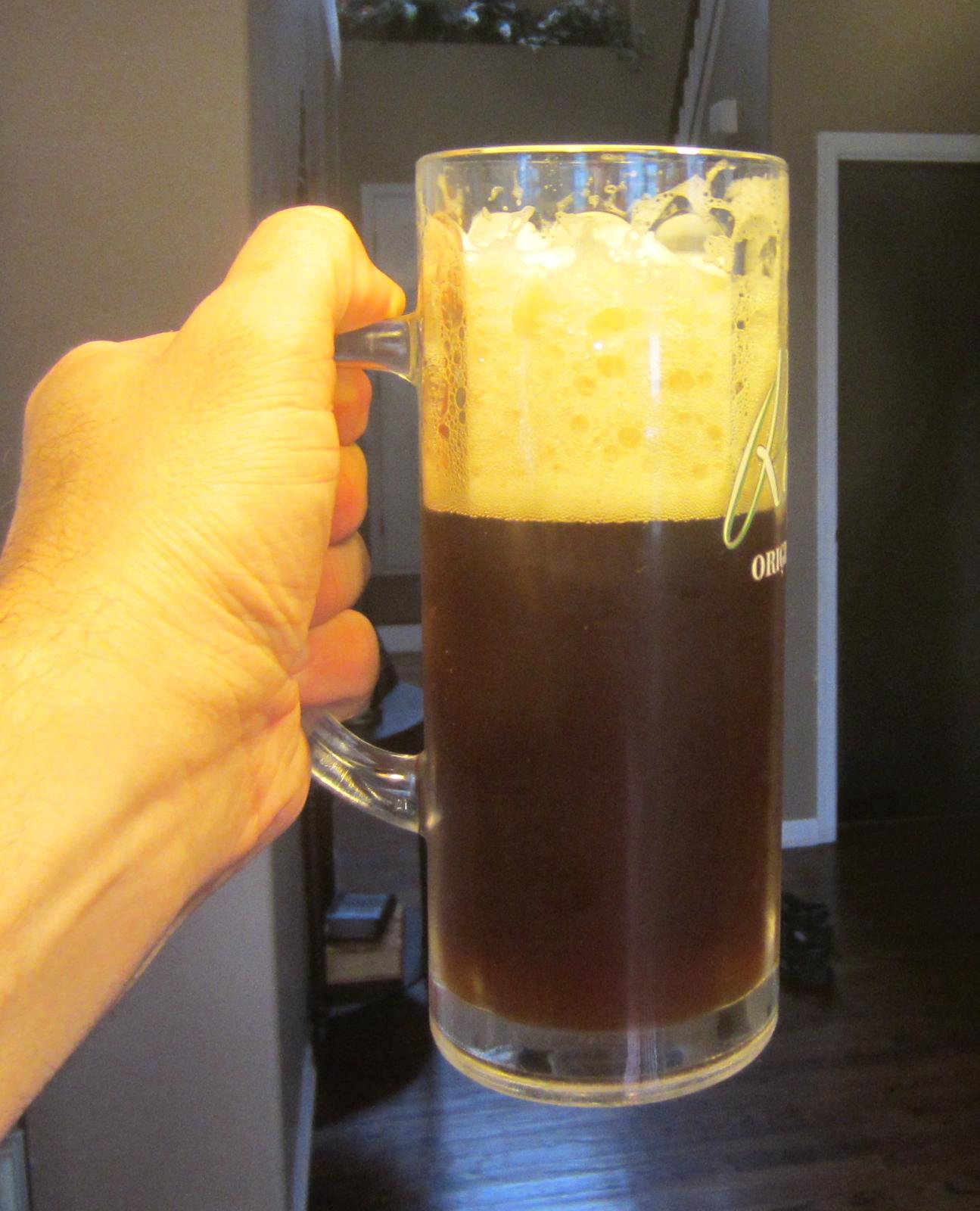
LIVID was dry-hopped with Simcoe, and the hop comes through with a strong and pleasant aroma. Taste is just as great as the appearance and aroma. The higher ABV is masked well by the balance of hops and malt... An incredible beer!
EDIT: Spelling and sorry for my crappy camera




sumbrewindude
Well-Known Member
- Joined
- Nov 16, 2013
- Messages
- 879
- Reaction score
- 150
OOooooooooooooo - that looks tasty.  Well done, Craig!
Well done, Craig!
Yep, I'll have to brew that again soon...
Going over items for tomorrow - boy is it going to be a busy morning; apple smashing, hop picking, and Graf brewing! Can't wait!!
 Well done, Craig!
Well done, Craig!Yep, I'll have to brew that again soon...
Going over items for tomorrow - boy is it going to be a busy morning; apple smashing, hop picking, and Graf brewing! Can't wait!!
burninator
Well-Known Member
- Joined
- Jul 27, 2014
- Messages
- 992
- Reaction score
- 351
Thinking about doing a SMaSH this afternoon with Styrian Goldings and maybe MO. Anybody ever scaled down a Styrian Stunner variation?
I figure 2lbs of base grain and 3 additions of 5.5g hops sounds about right.
I figure 2lbs of base grain and 3 additions of 5.5g hops sounds about right.
sumbrewindude
Well-Known Member
- Joined
- Nov 16, 2013
- Messages
- 879
- Reaction score
- 150
Harvest Graf 2014 is in the fermenter!
Busy morning of shredding, pressing, picking fresh wet Fuggles, and then the boil. Wasn't sure where the cider would end up, so I managed to guess short on the grain. Oh well, the 1+gal "beer" ended up a a healthy 14.5P, on to which 2gal of fresh pressed cider was poured.
OG going in is 10.2P, pitched with T58 - I may put in some Candi syrup once primary fermentation slows down, just to boost it back into the 13's.
Was strange measuring hops by the ice-cream bucket vs a gram scale....
Brew on!
Busy morning of shredding, pressing, picking fresh wet Fuggles, and then the boil. Wasn't sure where the cider would end up, so I managed to guess short on the grain. Oh well, the 1+gal "beer" ended up a a healthy 14.5P, on to which 2gal of fresh pressed cider was poured.
OG going in is 10.2P, pitched with T58 - I may put in some Candi syrup once primary fermentation slows down, just to boost it back into the 13's.
Was strange measuring hops by the ice-cream bucket vs a gram scale....
Brew on!
ohiobeer29
Well-Known Member
- Joined
- Jul 4, 2014
- Messages
- 104
- Reaction score
- 10
Getting this to the top 

$27.29 ($13.64 / Count)
$41.99 ($21.00 / Count)
2 Pack 1 Gallon Large Fermentation Jars with 3 Airlocks and 2 SCREW Lids(100% Airtight Heavy Duty Lid w Silicone) - Wide Mouth Glass Jars w Scale Mark - Pickle Jars for Sauerkraut, Sourdough Starter
Qianfenie Direct

$719.00
$799.00
EdgeStar KC2000TWIN Full Size Dual Tap Kegerator & Draft Beer Dispenser - Black
Amazon.com

$58.16
HUIZHUGS Brewing Equipment Keg Ball Lock Faucet 30cm Reinforced Silicone Hose Secondary Fermentation Homebrew Kegging Brewing Equipment
xiangshuizhenzhanglingfengshop

$10.99 ($31.16 / Ounce)
Hornindal Kveik Yeast for Homebrewing - Mead, Cider, Wine, Beer - 10g Packet - Saccharomyces Cerevisiae - Sold by Shadowhive.com
Shadowhive

$53.24
1pc Hose Barb/MFL 1.5" Tri Clamp to Ball Lock Post Liquid Gas Homebrew Kegging Fermentation Parts Brewer Hardware SUS304(Liquid Hose Barb)
Guangshui Weilu You Trading Co., Ltd

$7.79 ($7.79 / Count)
Craft A Brew - LalBrew Voss™ - Kveik Ale Yeast - For Craft Lagers - Ingredients for Home Brewing - Beer Making Supplies - (1 Pack)
Craft a Brew

$176.97
1pc Commercial Keg Manifold 2" Tri Clamp,Ball Lock Tapping Head,Pressure Gauge/Adjustable PRV for Kegging,Fermentation Control
hanhanbaihuoxiaoshoudian

$22.00 ($623.23 / Ounce)
AMZLMPKNTW Ball Lock Sample Faucet 30cm Reinforced Silicone Hose Secondary Fermentation Homebrew Kegging joyful
无为中南商贸有限公司

$20.94
$29.99
The Brew Your Own Big Book of Clone Recipes: Featuring 300 Homebrew Recipes from Your Favorite Breweries
Amazon.com

$53.24
1pc Hose Barb/MFL 1.5" Tri Clamp to Ball Lock Post Liquid Gas Homebrew Kegging Fermentation Parts Brewer Hardware SUS304(Liquid Hose Barb)
yunchengshiyanhuqucuichendianzishangwuyouxiangongsi
hoppyhoppyhippo
Well-Known Member
I'm planning my brewing cycle. Got supplies for at least 3 batches probably 5, potentially 6. I'm gonna start with a belgian dark strong that's gonna murder someone which should be ready by Christmas time. Then i'm gonna make an IPA
I got some nice yeast so I'm gonna experiment with yeast washing so I can keep my yeast and keep my costs down.
I got some nice yeast so I'm gonna experiment with yeast washing so I can keep my yeast and keep my costs down.
pearlheartgtr
Member
- Joined
- Sep 14, 2014
- Messages
- 6
- Reaction score
- 1
I brewed my first ever batch last night (Northern Brewer's Smashing Pumpkin). I made mead for years in 1 gallon batches so I have the equipment for that set up.
I went to the local brew store for the first time yesterday to pick up some sanitizer. I mentioned to the guy that I was going to be doing 1 gallon batches and he pretty much sneered at me saying that small batches like that are really only for experimenting. That I should do 5 gallons if I really want to brew.
That was the first and last time I will go to that store.
I went to the local brew store for the first time yesterday to pick up some sanitizer. I mentioned to the guy that I was going to be doing 1 gallon batches and he pretty much sneered at me saying that small batches like that are really only for experimenting. That I should do 5 gallons if I really want to brew.
That was the first and last time I will go to that store.
Avocado_Power
Well-Known Member
Craig - If you look in my sig you'll see all the experiments that are currently bottled. Doing a quick bottle count, it looks like 24 bottled to drink, not including the 3 big bottles (1L) of cider for the SWMBO or the 28 bottles that are conditioning (AZB will be done this weekend and ready to serve, OOA will be ready in two weeks). I usually try to keep 36 bottles of varying beers in the crate downstairs, then put six into a old sixpack carton and put it in the main fridge up stairs. When the carton gets low, I grab a new mix of beers.
On the pipeline side, I usually have 3 carboys running (this is an odd week, so only two running right now) and have bottling day on Sat to collect the yeast slurry, then brew on Sun and repitch that slurry into the new beer. Because of that, I try to time it out so a beer that uses US05 will be made after I bottle a beer made with US05. That allows me to not really worry about conditioning time in the carboy, and get a few uses out of my yeast.
Bottles I'm standardized on Sierra Nevada/Alaskan/Summit style bottles (shorties). I like the looks of them, no real reason. I did run into issues trying to put them into a milkcrate for storage, they don't fit well. If I was starting out, I'd choose a standard sized bottle (tall/skinny) with a good lip on it (like Sam Adams) for the bottler. Oh who am I kidding, I should have skipped the wing capper and gotten a bench capper right from the start. It's on my purchase list as soon as I find one of those oldschool metal bench cappers.
I'm not sure what the lifespan of a bottle is - like anything I figure there's got to be a limit to the number of times you can cap a glass bottle before it starts to develop issues. When that happens I'll like migrate over to the tall bottles. To get them I just bought a 12pack of SN or Alaskan while my pipeline was filling. Alaskan's were MUCH EASIER to delable and clean. If you go this route, pick a bottle that's got only one label on it, instead of a top/bottom/back labels. Less to clean off after an Oxyclean soak.
I've never used the Grolsch style bottles, so I'm of no help - I usually just buy the cheap gold caps (like 3 bucks for 144 caps) and have not had a problem one.
Eventually I want to get a couple cases of 16oz bottles (likely from Hinterland), so I can do bigger ABV beers in them for one and done nights. I'm not a fan of bombers - heresy I know, but I don't drink them fast enough to keep them nice and cold, and I don't like leaving an open bottle in the fridge.
Just a note on the bombers - I can't drink 'em alone either, but use one of those wine stoppers for the beer bottle and it stays quite fresh for the next 24 hours.
HomebrewCraig
Well-Known Member
I brewed my first ever batch last night (Northern Brewer's Smashing Pumpkin). I made mead for years in 1 gallon batches so I have the equipment for that set up.
I went to the local brew store for the first time yesterday to pick up some sanitizer. I mentioned to the guy that I was going to be doing 1 gallon batches and he pretty much sneered at me saying that small batches like that are really only for experimenting. That I should do 5 gallons if I really want to brew.
That was the first and last time I will go to that store.
That kinda attitude wears thin real quick. Hopefully you have another local brewshop? If not, Morebeer.com offers good prices and free shipping, helpful when you are buying ingredients in smaller increments.
RatsoRizzo
Well-Known Member
- Joined
- Aug 22, 2012
- Messages
- 61
- Reaction score
- 20
I'm planning my brewing cycle. Got supplies for at least 3 batches probably 5, potentially 6. I'm gonna start with a belgian dark strong that's gonna murder someone which should be ready by Christmas time. Then i'm gonna make an IPA
I got some nice yeast so I'm gonna experiment with yeast washing so I can keep my yeast and keep my costs down.
I think this is my favourite thing about 1G brewing; deciding on four brews for the month. If I was brewing bigger batches and only brewed once a month I think I'd have pretty heavy anxiety about settling on one recipe.
Avocado_Power
Well-Known Member
That kinda attitude wears thin real quick. Hopefully you have another local brewshop? If not, Morebeer.com offers good prices and free shipping, helpful when you are buying ingredients in smaller increments.
I hear you Pearlheartgtr. Same thing happened to me when I used to live in DC. Went to a LHBS in northern VA and they gave me the same snotty treatment (despite the fact that their store was the size of a shoebox). Took my business to Maryland Homebrew in Columbia, MD and what a world of difference. The guy spent 30 minutes with me crafting two separate one-gallon partial mash recipes and measuring out tiny bags of grains. If no LHBSs are nearby, check out morebeer, NB, AIH, etc. They are all starting to package things in smaller 1-gallon kits now, or at least offer smaller increments like Homebrewcraig said. Good luck!
Have a question about strike temperature for mashing in a cooler. I've been heating my water to about 168 before dumping it into the grain, and the temperature always seems to drop about 20 degrees by the time I've mixed it. I've been heating the cooler first by letting some hot water sit in it for 20 min or so.
So if I want my mash temp to be a little higher than 150, is it okay to do a strike temp above 170? Will that add tannins or other bad flavors to the brew?
So if I want my mash temp to be a little higher than 150, is it okay to do a strike temp above 170? Will that add tannins or other bad flavors to the brew?
HomebrewCraig
Well-Known Member
Have a question about strike temperature for mashing in a cooler. I've been heating my water to about 168 before dumping it into the grain, and the temperature always seems to drop about 20 degrees by the time I've mixed it. I've been heating the cooler first by letting some hot water sit in it for 20 min or so.
So if I want my mash temp to be a little higher than 150, is it okay to do a strike temp above 170? Will that add tannins or other bad flavors to the brew?
Bad things don't start happening until above 178 degrees.
sumbrewindude
Well-Known Member
- Joined
- Nov 16, 2013
- Messages
- 879
- Reaction score
- 150
Have a question about strike temperature for mashing in a cooler. I've been heating my water to about 168 before dumping it into the grain, and the temperature always seems to drop about 20 degrees by the time I've mixed it. I've been heating the cooler first by letting some hot water sit in it for 20 min or so.
So if I want my mash temp to be a little higher than 150, is it okay to do a strike temp above 170? Will that add tannins or other bad flavors to the brew?
My initial question is how big is the cooler vs how much grain if you're loosing 20F on the mash in? My second question is what volume are you striking at? If you're using less than 1.5qt/lb, I'd recommend going up in strike water (I use 1.5qt/lb, but some use less/more - I'm using volumes I'm comfortable with).
Even with a 5gal round cooler mashing in for a 1.5gal batch, I never had more than a 10F drop from initial strike. The only thing I can think of would be not having enough water for the strike (less thermal mass), or having a crazy huge cooler (10gal for a 1gal batch) where you're trying to heat the deadspace.
Disclaimer up front, I tend to mash in wet vs other on here - that's because I want to try and keep my mash volume and batch sparge volume close to the same amount. It makes the time to get to temp similar between the two volumes, and lets me plan ahead.
The main thing I'd be concerned with putting hotter than 175F-180F water into the cooler up front, is that you WILL distort the plastic liner inside the cooler at some point. May not be the first one, but eventually you will. It's not great for the cooler (pulls the plastic away from the foam), and I'm not wild about heating plastic that high - not saying bad things will end up in the wort, but with my luck I'd grow a third arm and wonder where it came from.
Have you tried mixing in immediately at 10F over your desired temp? You'll loose a little heat no matter what, but I'm betting that by letting the water sit in the cooler (without something like tin foil to trap the heat down) you're trying to heat up the entire cooler (without grain) with just the little water that's in it.
Get the water in the cooler, mix the grain immediately, and put some tinfoil over the works. Leave it alone for 30min and check it again!

sumbrewindude
Well-Known Member
- Joined
- Nov 16, 2013
- Messages
- 879
- Reaction score
- 150
Just got home and checked the Graf, krausen has dropped! WOO! Smells wild through the airlock, need to rack of the DPA to a keg and then get that Graf conditioned.
To keg the Graf, or bottle in Bombers... Hmmmmmm what do, what do...
To keg the Graf, or bottle in Bombers... Hmmmmmm what do, what do...
svenness
Well-Known Member
One thing I love about 1 gallon jugs, so much easier and less sketchy to dry than larger carboys.
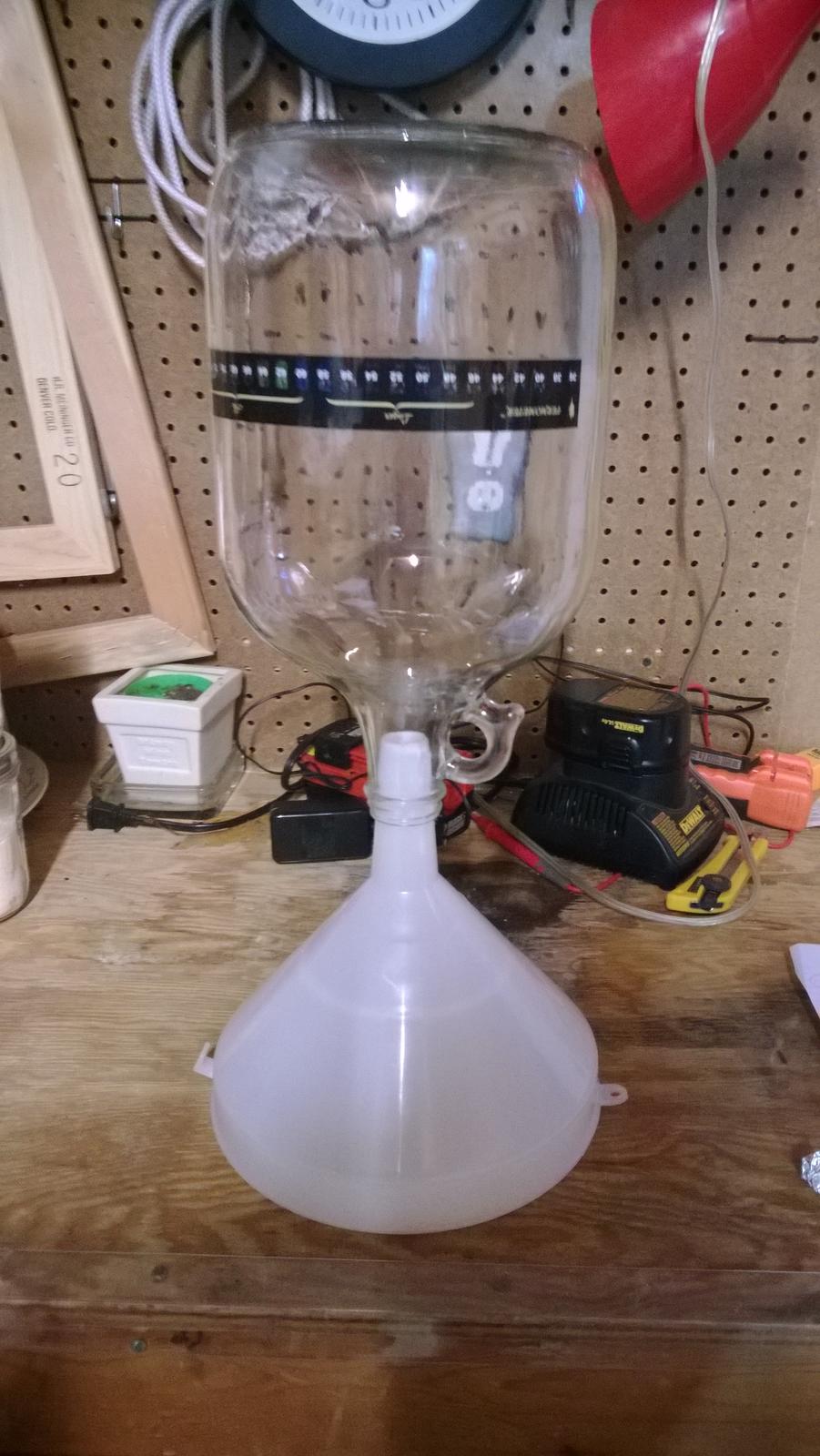

FatsSchindee
Well-Known Member
One thing I love about 1 gallon jugs, so much easier and less sketchy to dry than larger carboys.
That's a great idea! I usually use my round carboy rack, but occasionally I'll need to dry more than one jug at a time, and I usually just wait and do one at a time. I have a few funnels, so this will remedy that... Thanks!
Sent from my iPhone using Home Brew
ohiobeer29
Well-Known Member
- Joined
- Jul 4, 2014
- Messages
- 104
- Reaction score
- 10
Cool idea there
Question for 1gallon batches. When doing all grain, are 2.4 L (2.5qts) of water for mash, then 3.8 L (4qts) for sparge the norm?
I was dead on with these numbers on my first batch, but had to top off with water on my second one.
I was dead on with these numbers on my first batch, but had to top off with water on my second one.
Calichusetts
Well-Known Member
Question for 1gallon batches. When doing all grain, are 2.4 L (2.5qts) of water for mash, then 3.8 L (4qts) for sparge the norm?
I was dead on with these numbers on my first batch, but had to top off with water on my second one.
Depends on a lot of things.
How large is your grain bill? Grain will absorb some of the water.
What is your boil off? You want to match all this up to get your desired volume when all is said and done.
To put it in perspective, I just finished a IIPA last night. A little over a 3 lb grain bill with a 61 minute boil. I get about a .65 gallon per hour boil off. Collected 1.75 gallons. I get 1 gallon filled and a hydrometer/sample with virtually nothing left over.
I did a 4.2 quart mash and 4.2 quart sparge.
sumbrewindude
Well-Known Member
- Joined
- Nov 16, 2013
- Messages
- 879
- Reaction score
- 150
Volumes will change a little depending on grain bill and hop usage.
I can tell you for a FACT I was surprised at how much wort you can loose to massive (relative of course) hop bill. I made note of it in my notebook so I can offset a few extra cups upfront if necessary.
I can tell you for a FACT I was surprised at how much wort you can loose to massive (relative of course) hop bill. I made note of it in my notebook so I can offset a few extra cups upfront if necessary.
- Joined
- Oct 4, 2013
- Messages
- 300
- Reaction score
- 53
Anyone have any links for 1 gallon recipes?
ericbw
Well-Known Member
- Joined
- Dec 11, 2012
- Messages
- 3,592
- Reaction score
- 1,225
Anyone have any links for 1 gallon recipes?
Homebrew Exchange has a good selection of 1 gallon recipes.
http://homebrewexchange.net/recipes_pico
I just finished my very first one gallon brew. Went with a BIAB on a portable convection top (Wasn't the best to get a boil). I ended up brewing a honey pumpkin saison. Pretty excited to see how this batch turns out.
Glad I decided to take a look at this thread (though I've not read all 121 pages). Doctor recently put me on medication that restricts me to 3 "drinks" per week. No way to do 5-gallon batches and have any sort of variety. I'm taking the tips and advice, scaling down some recipes, gonna have at it!
TasunkaWitko
Well-Known Member
Doctor recently put me on medication that restricts me to 3 "drinks" per week....
Sounds like you need a new doctor!
Doctor recently put me on medication that restricts me to 3 "drinks" per week.
Time to pull out that 40oz mug!
HomebrewCraig
Well-Known Member
Anyone have any links for 1 gallon recipes?
I'd recommend that you pick up a Brewing Software, such as BeerSmith or BrewTarget.. Both of these have a scaling feature which will allow you to take a 5, 6, or whatever size recipe you find and scale it down to a one gallon size. I use BeerSmith and scale recipes I like down to 1.5 gallons, because I use a 2 gallon fermenting bucket and I want to ensure I do not have blowouts.
Similar threads
- Replies
- 55
- Views
- 3K
- Replies
- 22
- Views
- 2K
- Replies
- 16
- Views
- 2K
- Replies
- 4
- Views
- 1K
- Replies
- 18
- Views
- 2K














































